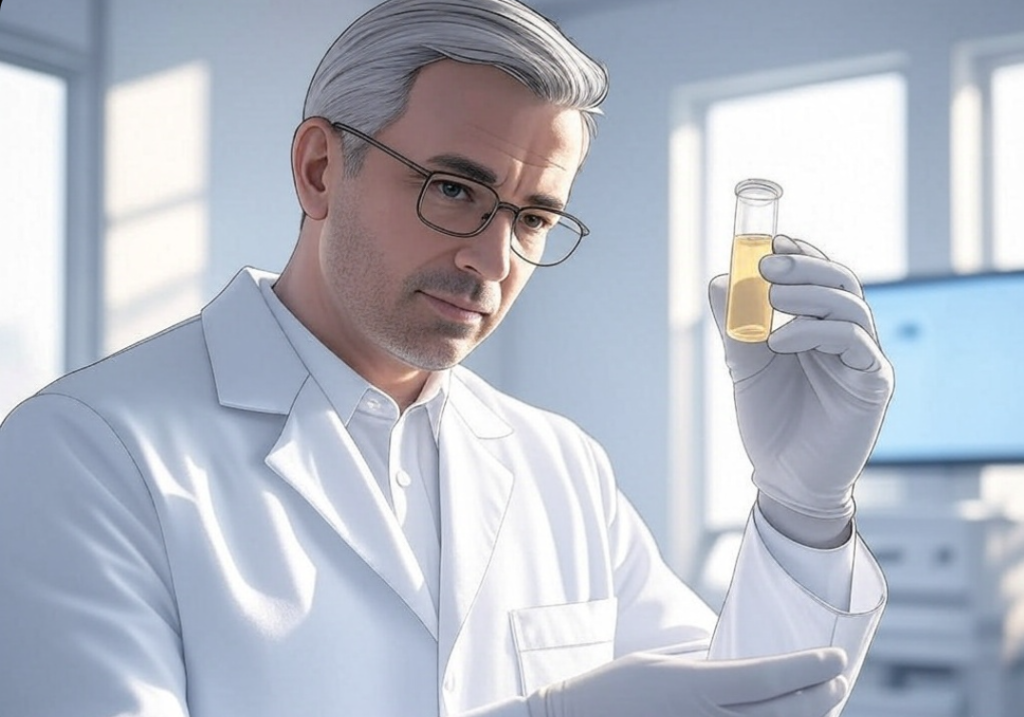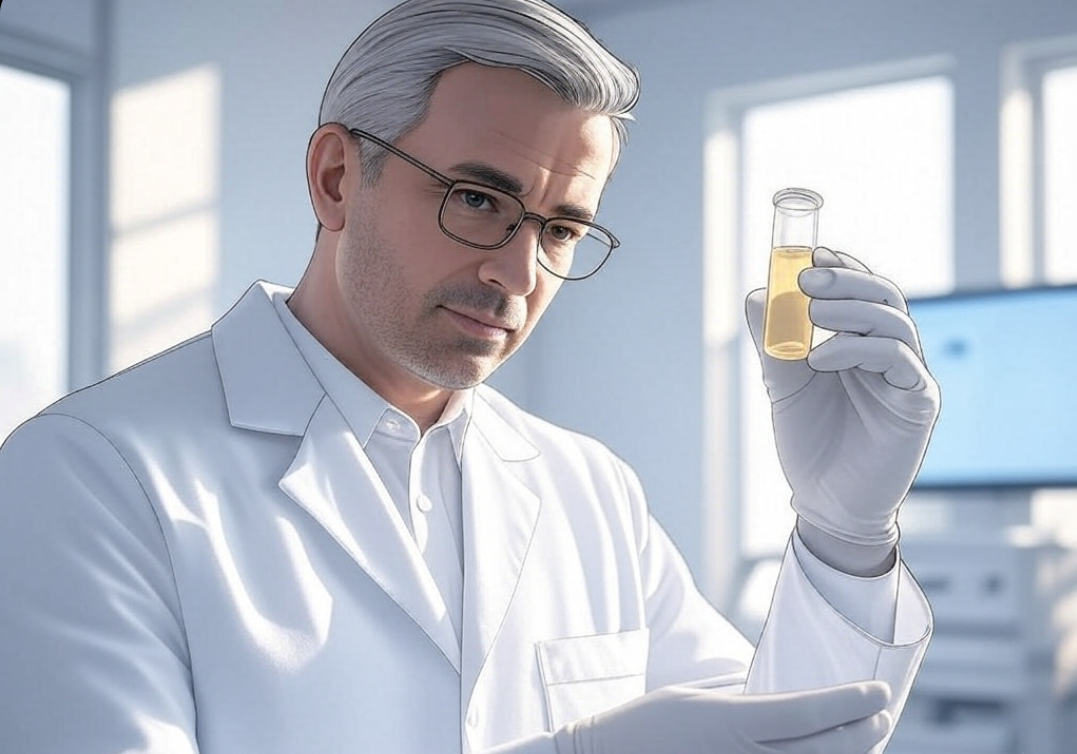
You wake up, head to the bathroom, and there it is—a streak of crimson in the toilet. Your heart races. Is this cancer? Let’s cut through the fear with cold, hard facts. Here’s what the data says about gross hematuria and cancer risk, and why your next move matters more than any statistic.
Gross Hematuria 101: When Blood in Urine Isn’t Just a Fluke
Gross hematuria isn’t subtle. It’s urine that looks like rosé, cola, or worse—straight-up blood. While terrifying, it’s not always a death sentence. Common culprits include:
- Kidney stones (think jagged crystals scraping your insides).
- UTIs (bacteria throwing a rave in your bladder).
- Enlarged prostates (a plumbing issue, not a cancer verdict).
But nestled among these benign causes is the shadow of bladder cancer. So, how often does blood in urine signal malignancy?
The Big Question: What Percentage of Gross Hematuria Cases Are Cancer?
Let’s get granular. Studies show:
- 3-5% of gross hematuria cases are linked to urinary tract cancers, primarily bladder cancer.
- For adults over 50, that risk jumps to 10-15%.
But here’s the kicker: These numbers aren’t lottery odds. They’re a call to action. Even a 3% chance means 3 out of 100 people with blood in their urine have cancer. Would you ignore a 3% chance your house was on fire?
Who’s at Higher Risk? The Cancer Risk Calculator
Your risk isn’t just a number—it’s a story written by your habits, age, and biology. Red flags that tilt the scales:
- Smoking: Smokers are 4-7x more likely to develop bladder cancer. Tar metabolites in urine? A carcinogenic bath for your bladder lining.
- Age: 90% of bladder cancers hit those 55+. Time isn’t just wrinkles—it’s cellular wear and tear.
- Gender: Men face 4x higher risk than women, but women are often diagnosed later.
- Chemical Exposure: Textile dyes, rubber, paints—if your job involves these, your risk climbs.
If you’re ticking these boxes, that 3-5% statistic starts feeling personal.
Beyond Blood: Symptoms That Scream “Cancer, Not a UTI”
Blood alone might not tell the whole story. Pair it with these, and the cancer probability spikes:
- Pelvic or back pain (tumors elbowing nearby nerves).
- Unplanned weight loss (your body burning reserves to fight invaders).
- Fatigue that coffee can’t fix (cancer hijacking your energy).
If you’re experiencing these alongside hematuria, don’t wait—learn the full list of bladder cancer warning signs here.
The Diagnostic Gauntlet: How Doctors Hunt for Cancer
Your doctor isn’t guessing—they’re detective-work incarnate. The process:
- Urinalysis: Rules out infection, checks for invisible blood.
- Cystoscopy: A camera snakes into your bladder. Uncomfortable? Yes. Lifesaving? Absolutely.
- Imaging: CT scans or ultrasounds—like X-ray vision for tumors.
- Biopsy: If they spot a suspicious lump, they’ll snip a sample.
Fun fact: 20% of bladder cancers are missed on first imaging. Persistence is key.
The Silver Lining: Early Detection = Better Outcomes
Here’s why acting fast matters:
- Non-invasive bladder cancer has a 96% 5-year survival rate.
- Once it muscles into deeper layers? Survival drops to 69%.
Gross hematuria is your body’s flare gun. Ignore it, and the flare fades. Act, and you might intercept cancer at its most beatable stage.
Your Game Plan: From Panic to Power
- See a urologist, not Dr. Google.
- Demand a cystoscopy if you’re high-risk.
- Quit smoking (yes, now—blame the stats).
Final Word: Numbers Don’t Lie, But They Don’t Tell the Whole Story
A 3% cancer risk might sound small—until you’re the 3%. Gross hematuria isn’t a diagnosis; it’s a starting line. Run toward answers, not away from fear.
Need to know more about bladder cancer’s red flags? Start here.
Gross Hematuria FAQs
If only 3-5% of gross hematuria is cancer, why should I panic?
A: Panic? No. Act? Absolutely. Even a 3% risk is 3% too high when it’s your life. Early-stage bladder cancer is highly treatable—ignore it, and that 3% could become a 100% problem.
I’m under 50 and healthy. Can I skip the tests?
A: Bad idea. While most bladder cancers hit older adults, young patients aren’t immune.
Painless blood in urine—does that mean it’s not cancer?
A: No. Painless hematuria is the classic red flag for bladder cancer. Infections and stones usually hurt; cancer often doesn’t. It’s why so many people delay care—don’t be one of them.
What if tests find nothing? Am I in the clear?
A: Maybe. But bladder cancer can be sneaky. If symptoms persist, push for a repeat cystoscopy or advanced imaging. “Normal” today doesn’t mean “normal” forever.
Can quitting smoking reverse my risk?
A: Yes—but slowly. Smokers’ risk drops by 30% after 1-4 years quit, but it takes 25 years to match a never-smoker’s risk. Start now. Here’s how smoking fuels bladder cancer.


